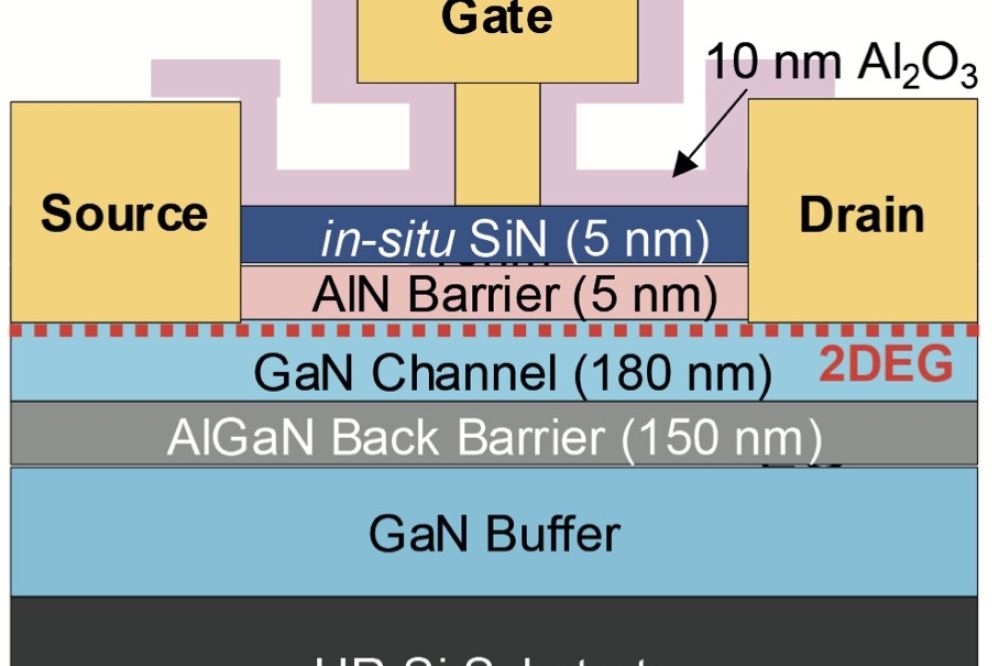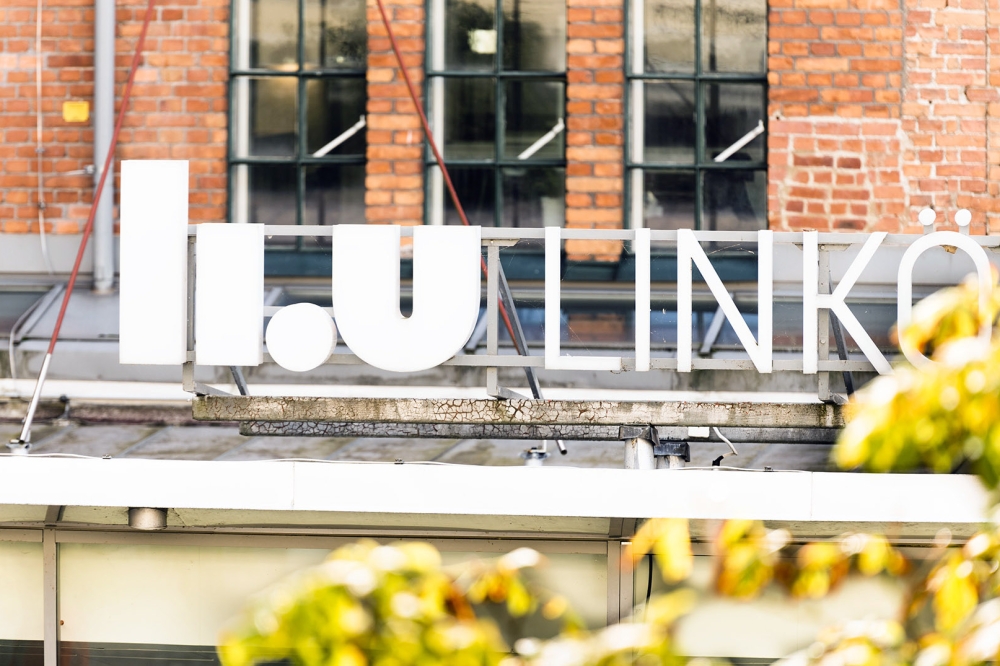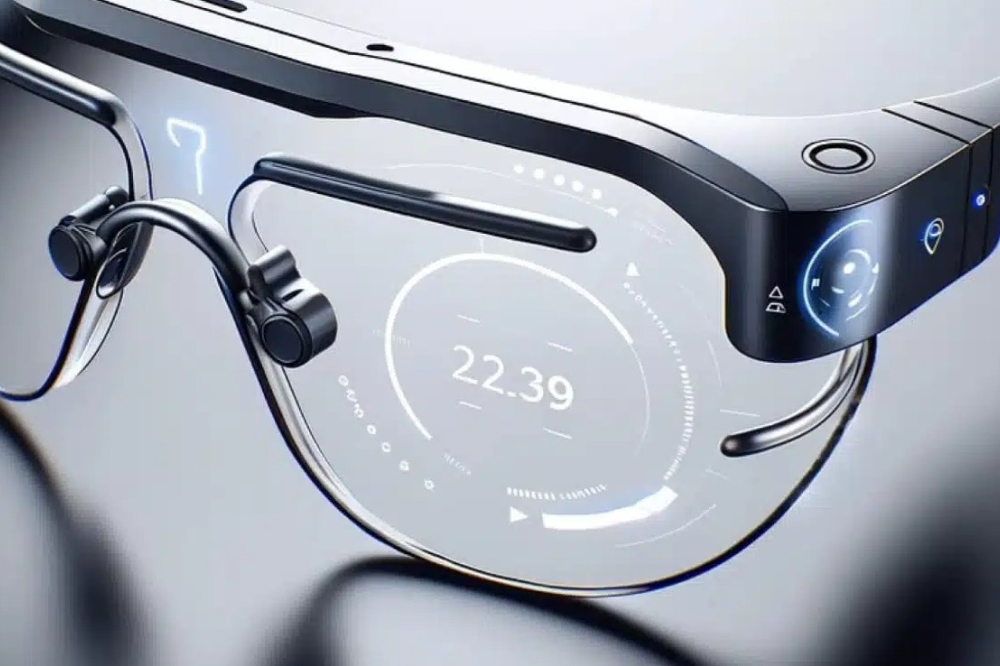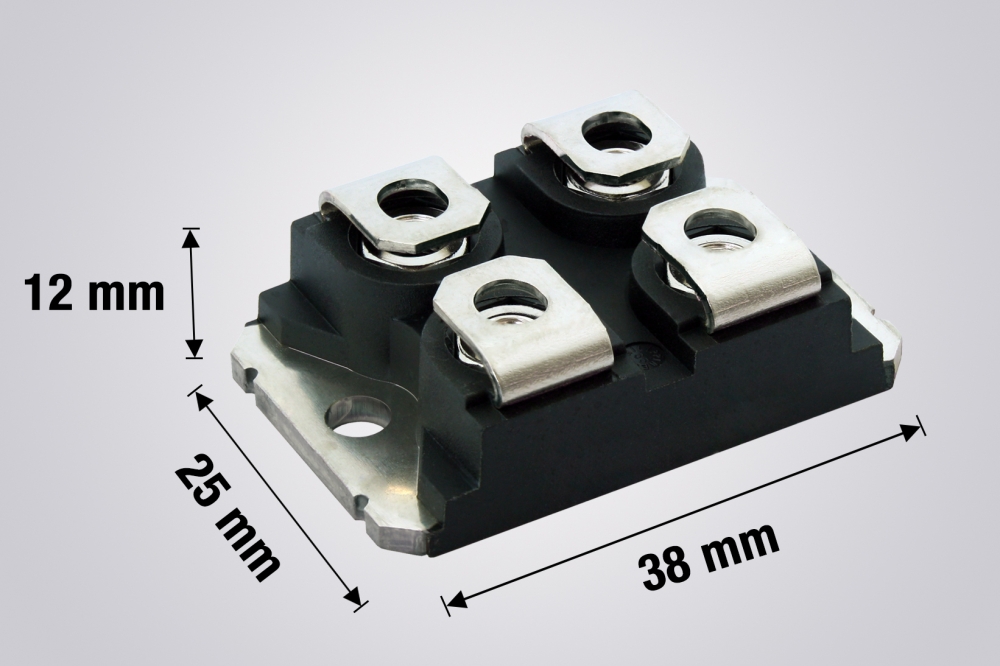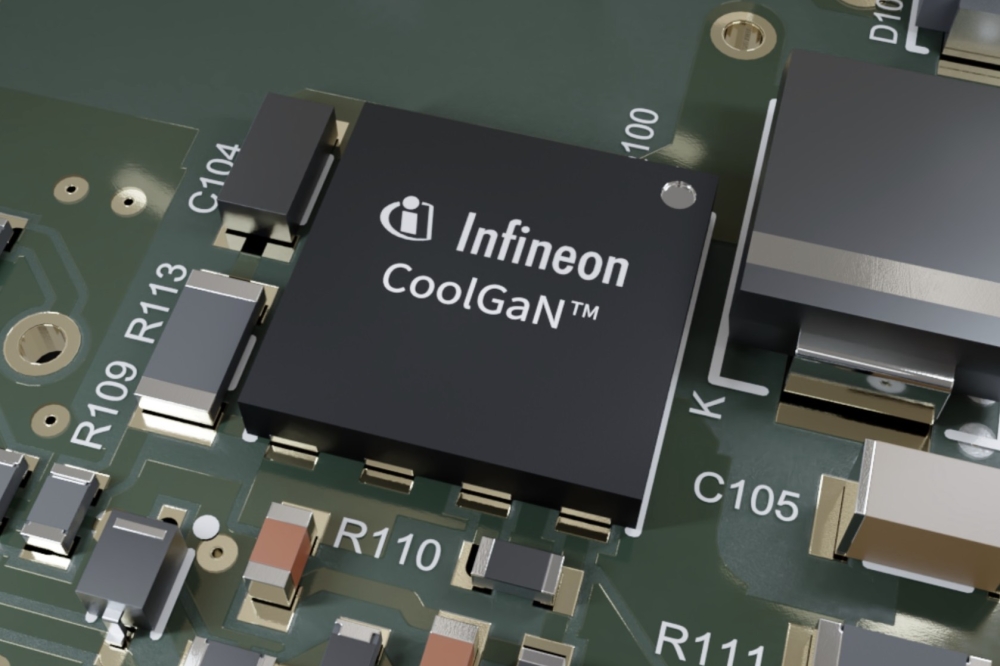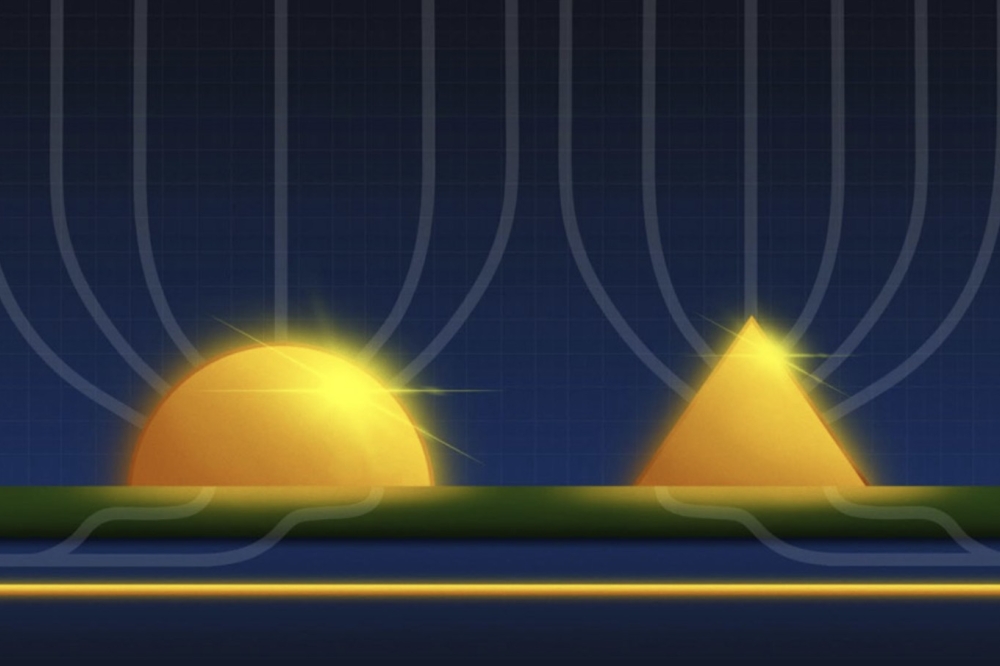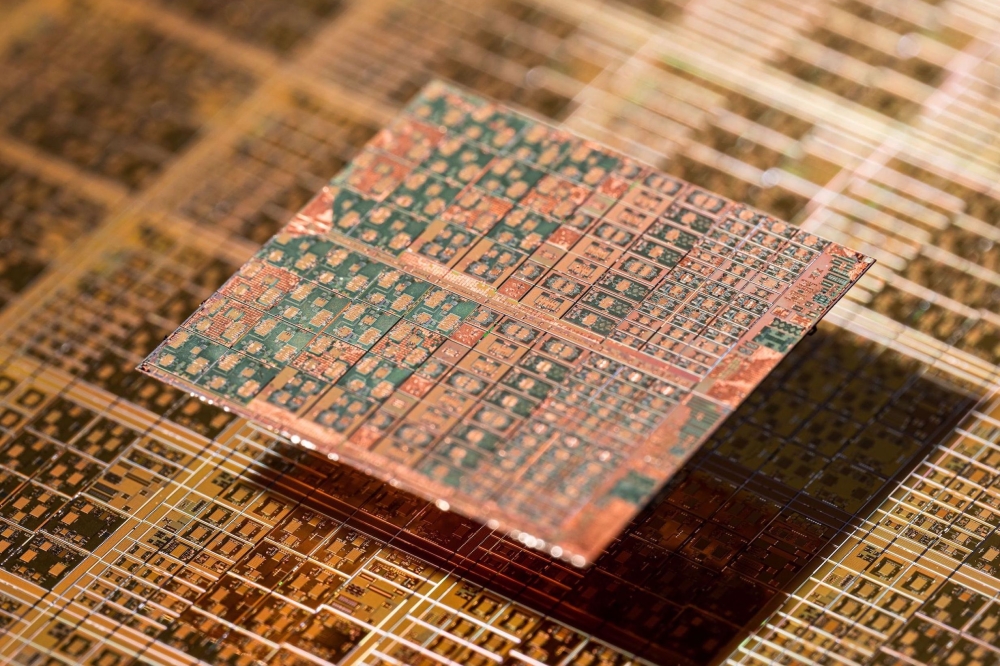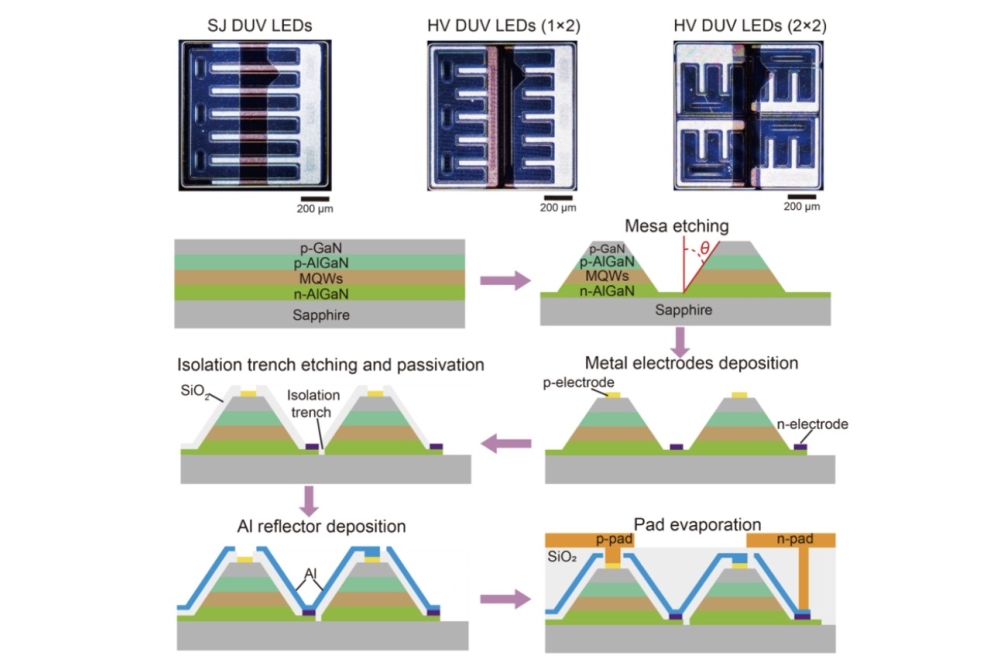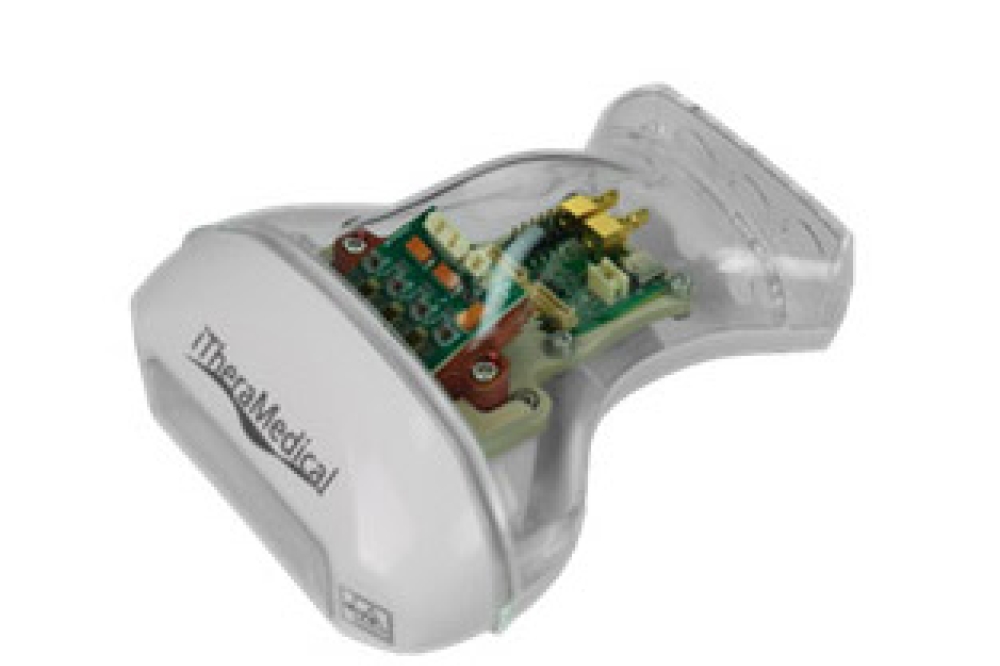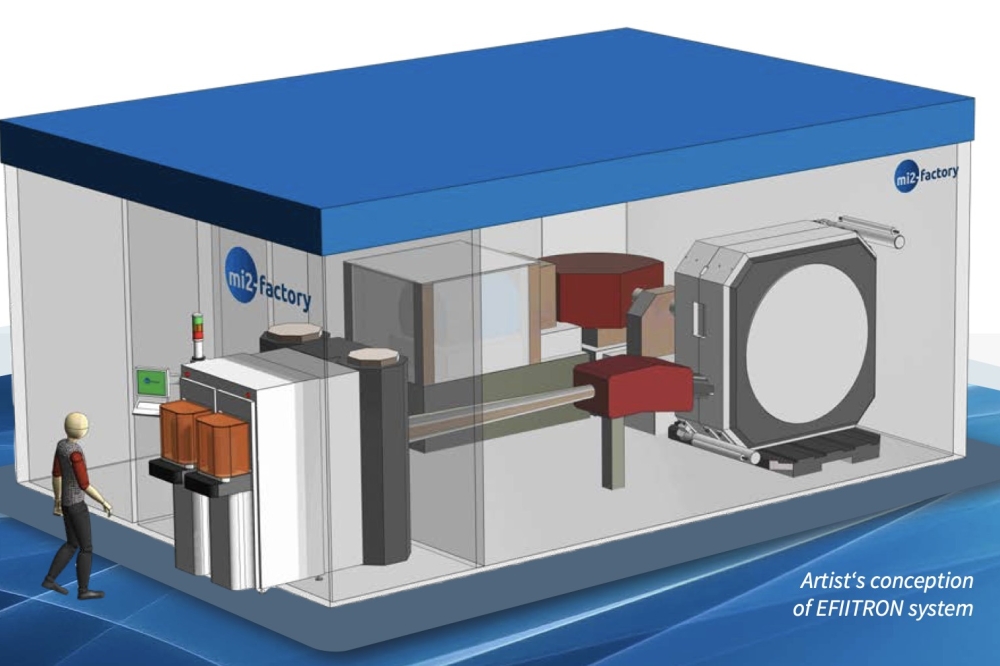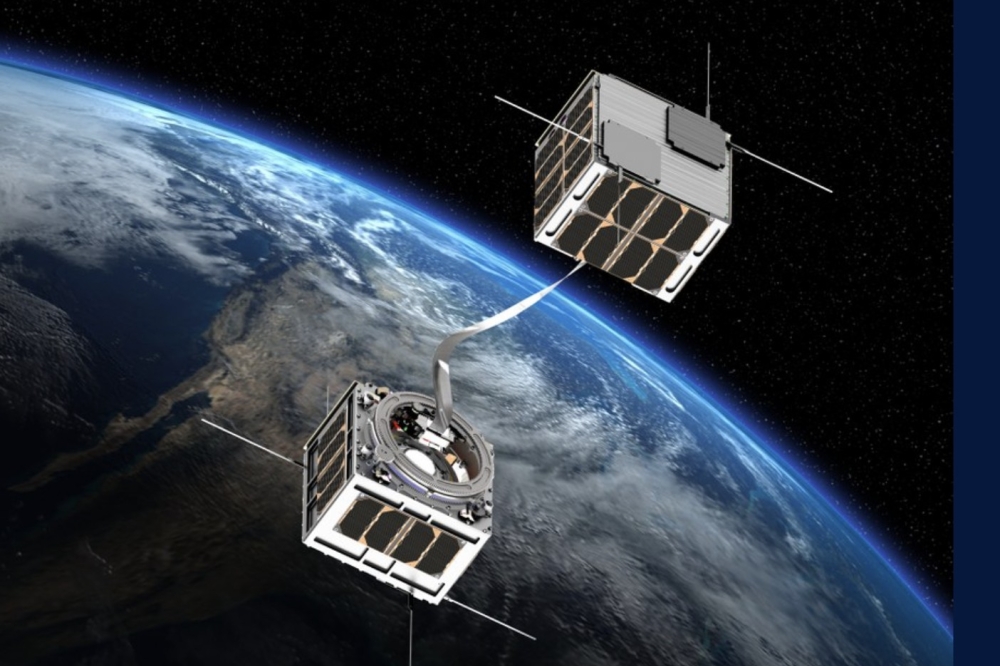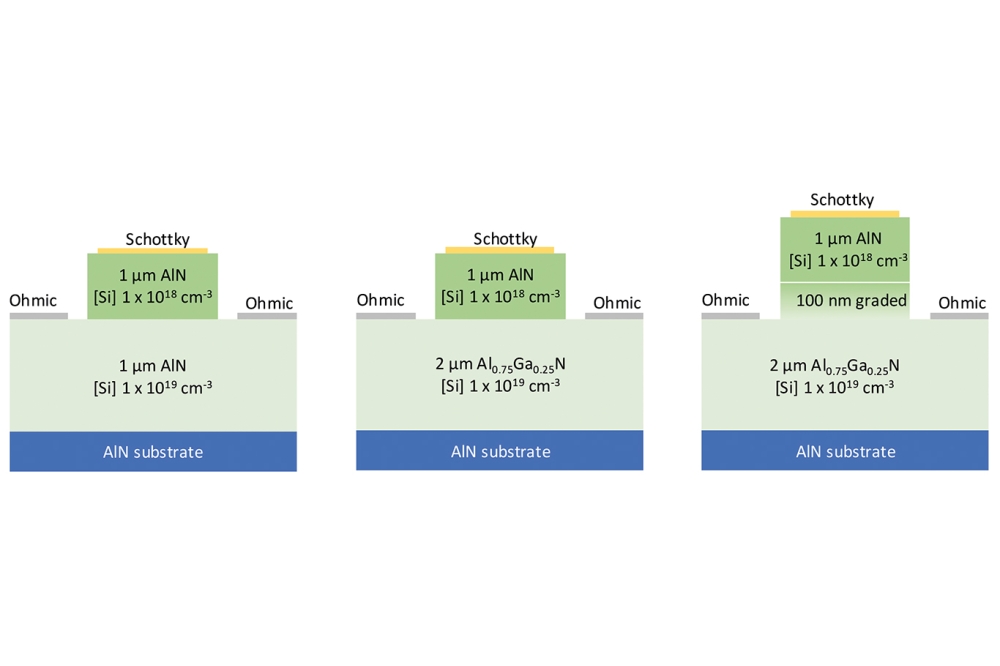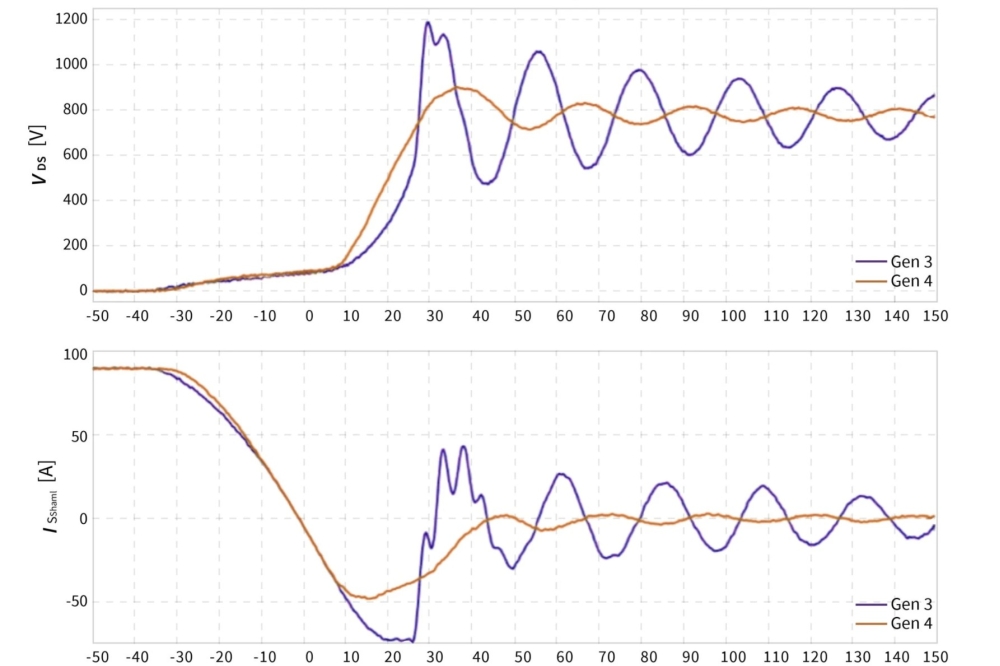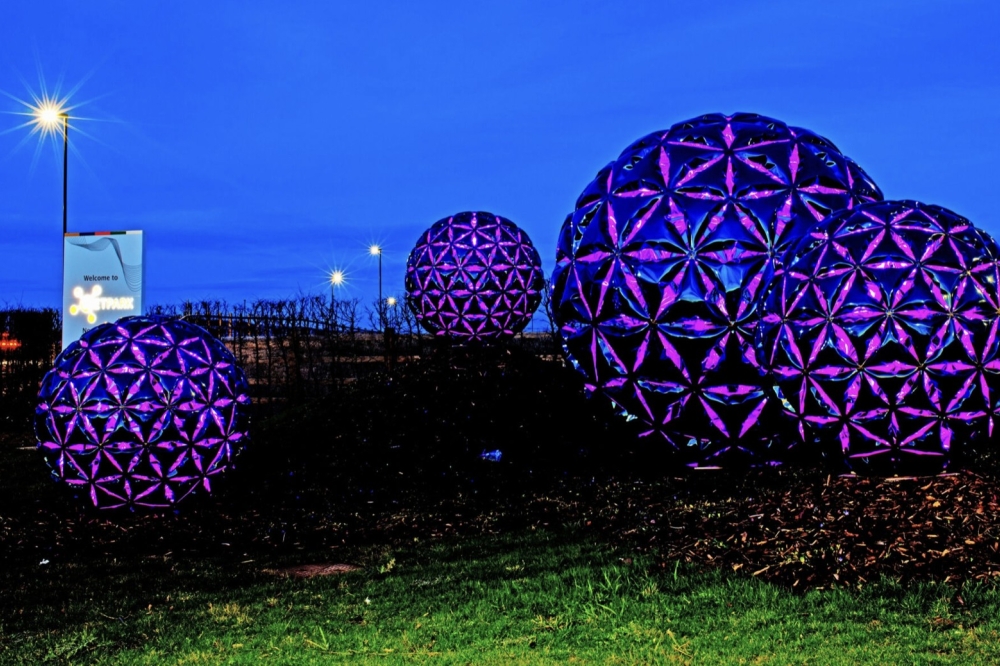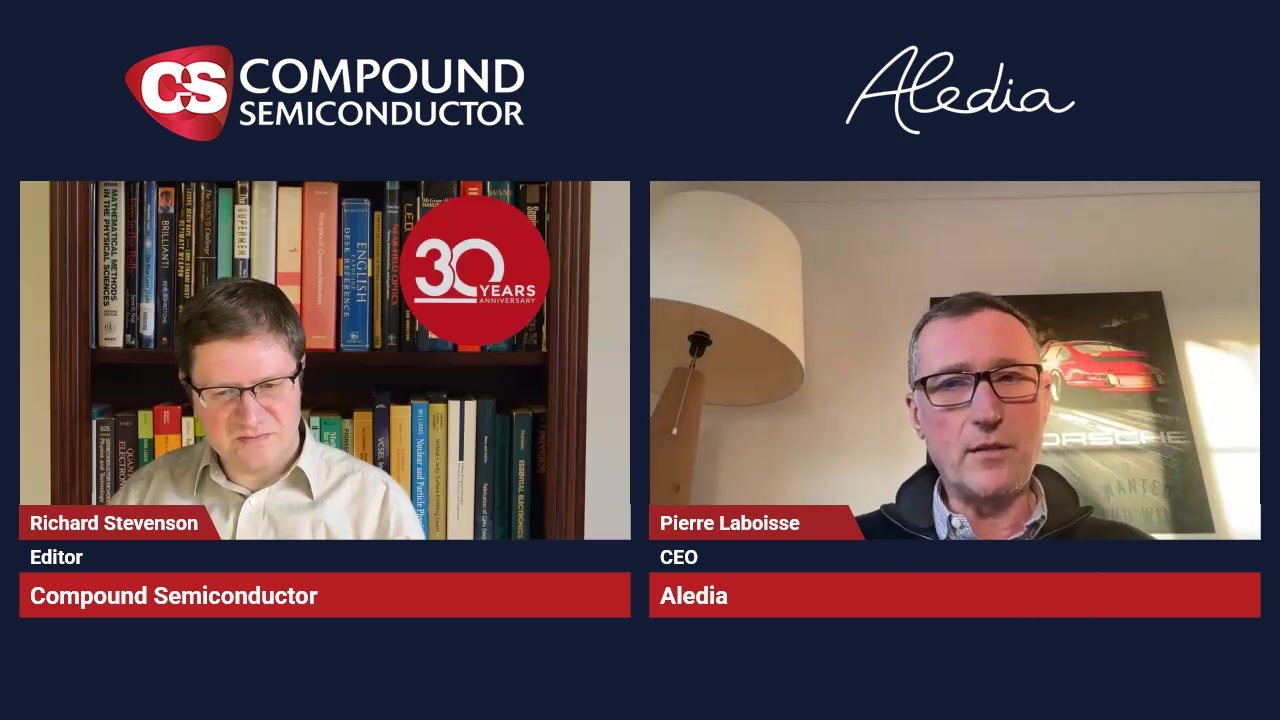Munich team deposits nanolasers on silicon
![]()
Physicists at the Technical University of Munich (TUM) have developed a process to deposit nanolasers directly onto silicon chips. A patent for the technology is pending.
Growing a III-V semiconductor on silicon is challenging. "The two materials have different lattice parameters and different coefficients of thermal expansion. This leads to strain. For example, conventional planar growth of GaAs onto a silicon surface results in a large number of defects," explains Gregor Koblmueller at the Department of Semiconductor Quantum-Nanosystems who led the project with Jonathan Finley, director of the Walter Schottky Institute at TUM.
The TUM team solved this problem in an ingenious way: By depositing nanowires that are freestanding on silicon their footprints are merely a few square nanometers. The scientists could thus preclude the emerging of defects in the GaAs material.
But how do you turn a nanowire into a vertical-cavity laser? To generate coherent light, photons must be reflected at the top and bottom ends of the wire, thereby amplifying the light until it reaches the desired threshold for lasing.
"The interface between GaAs and silicon does not reflect light sufficiently. We thus built in an additional mirror - a 200nm thick silicon oxide layer that we evaporated onto the silicon," explains Benedikt Mayer, doctoral candidate in the team led by Koblmueller and Finley. "Tiny holes can then be etched into the mirror layer. Using epitaxy, the semiconductor nanowires can then be grown atom for atom out of these holes."
Only once the wires protrude beyond the mirror surface they may grow laterally - until the semiconductor is thick enough to allow photons to jet back and forth to allow stimulated emission and lasing. "This process is very elegant because it allows us to position the nanowire lasers directly also onto waveguides in the silicon chip," says Koblmueller.
Basic research on the path to applications
Currently, the new GaAs nanowire lasers produce infrared light at a predefined wavelength and under pulsed excitation. "In the future we want to modify the emission wavelength and other laser parameters to better control temperature stability and light propagation under continuous excitation within the silicon chips," adds Finley.
The team has just published its first successes. And they have set their sights on their next goal: "We want to create an electric interface so that we can operate the nanowires under electrical injection instead of relying on external lasers," explains Koblmueller.
"The work is an important prerequisite for the development of high-performance optical components in future computers," sums up Finley. "We were able to demonstrate that manufacturing silicon chips with integrated nanowire lasers is possible."
The research was funded by the German Research Foundation (DFG) through the TUM Institute for Advanced Study, the Excellence Cluster Nanosystems Initiative Munich (NIM) and the International Graduate School of Science and Engineering (IGSSE) of the TUM, as well as by IBM through an international postgraduate program.
'Monolithically Integrated High-beta Nanowire Lasers on Silicon' by B. Mayer et al; Nano Letters, 2016, 16 (1)
'Coaxial GaAs-AlGaAs core-multishell nanowire lasers with epitaxial Gain control' by T. Stettner et al; Applied Physics Letters, 108, 011108 (2016)
'Continuous wave lasing from individual GaAs-AlGaAs core-shell nanowires' by B. Mayer et al; Applied Physics Letters 108, Vol. 8, to appear on Feb. 22nd (2016)



